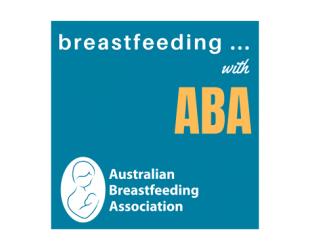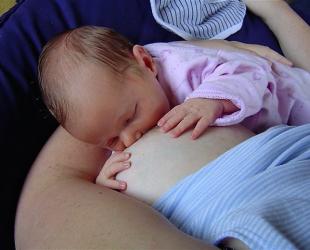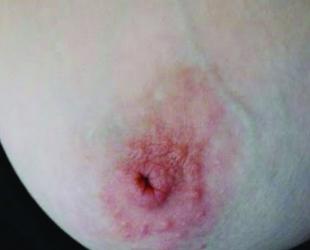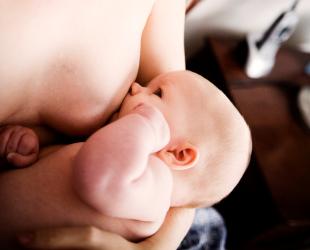Breast size or shape usually doesn’t affect breastfeeding - here's what's important.
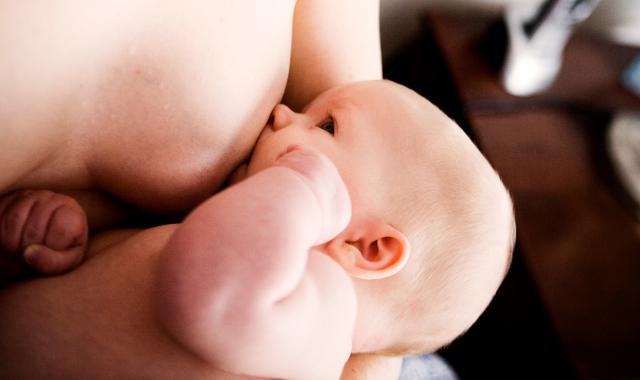
Breasts come in all shapes and sizes. Before they breastfeed, some women worry that their breasts won’t be able to make enough milk because of what they look like.
The good news? Milk supply isn’t about breast size. It’s about the milk-making tissue in your breasts. The size of your breasts doesn’t decide how much milk you make. What matters is the amount of glandular (milk-making) tissue inside your breasts. This tissue starts to grow during puberty and develops more in pregnancy, and often during breastfeeding too.
Every mum is different, but most develop enough milk-making tissue to feed their baby (or babies).
What if my breasts are underdeveloped?
A very small number of women have hypoplastic breasts that don’t produce enough milk because of insufficient glandular tissue (IGT). This isn’t about breast size. Both large and small breasts might be lacking in glandular tissue. If you have IGT, you might not be able to make a full milk supply, but you can still provide some breastmilk for your baby’s needs.
Breast size and breastfeeding positions
Milk supply isn’t about size, but some breastfeeding positions may work better for your breast size. If your breasts are very large - or very small - you might need to try a few different positions to find the one that suits you best for comfort and a good latch.
If you have larger breasts, look for a hold that offers more support for your breast and allows you to see your baby’s latch, especially when you’re both learning to get it right. Read more about breastfeeding with large breasts.
If your breasts are small, try for a hold that gives you more control in bringing your baby to your breast. Different positions will work better for different mums.
All the breastfeeding positions are described and shown in our article.
What about nipples?
Nipples aren’t related to breast size but you might worry that either the size or shape of your nipples might affect whether your baby can latch on. It may help to know that when a baby is attached well, they take a large mouthful of the breast and draw the nipple to the back of their throat.
Read more about attachment and how to help your baby get a comfortable latch.
If your nipples are flat or inverted, you may need a bit more help and support to get started.
Remember, your milk supply depends on how much and how often your baby feeds, not on the size or shape of your breasts. Most mums, whatever their breast size or nipple shape, can breastfeed their baby with the right support.
© Australian Breastfeeding Association December 2025
